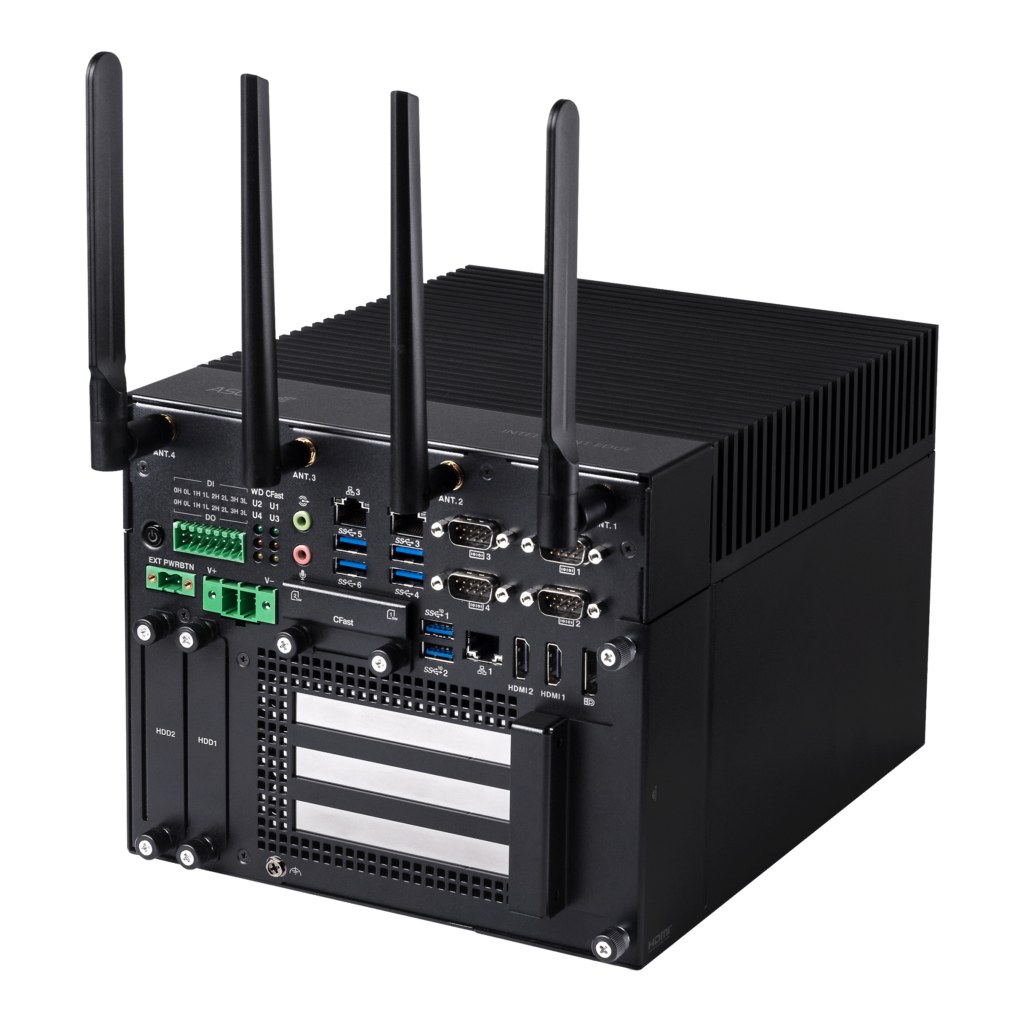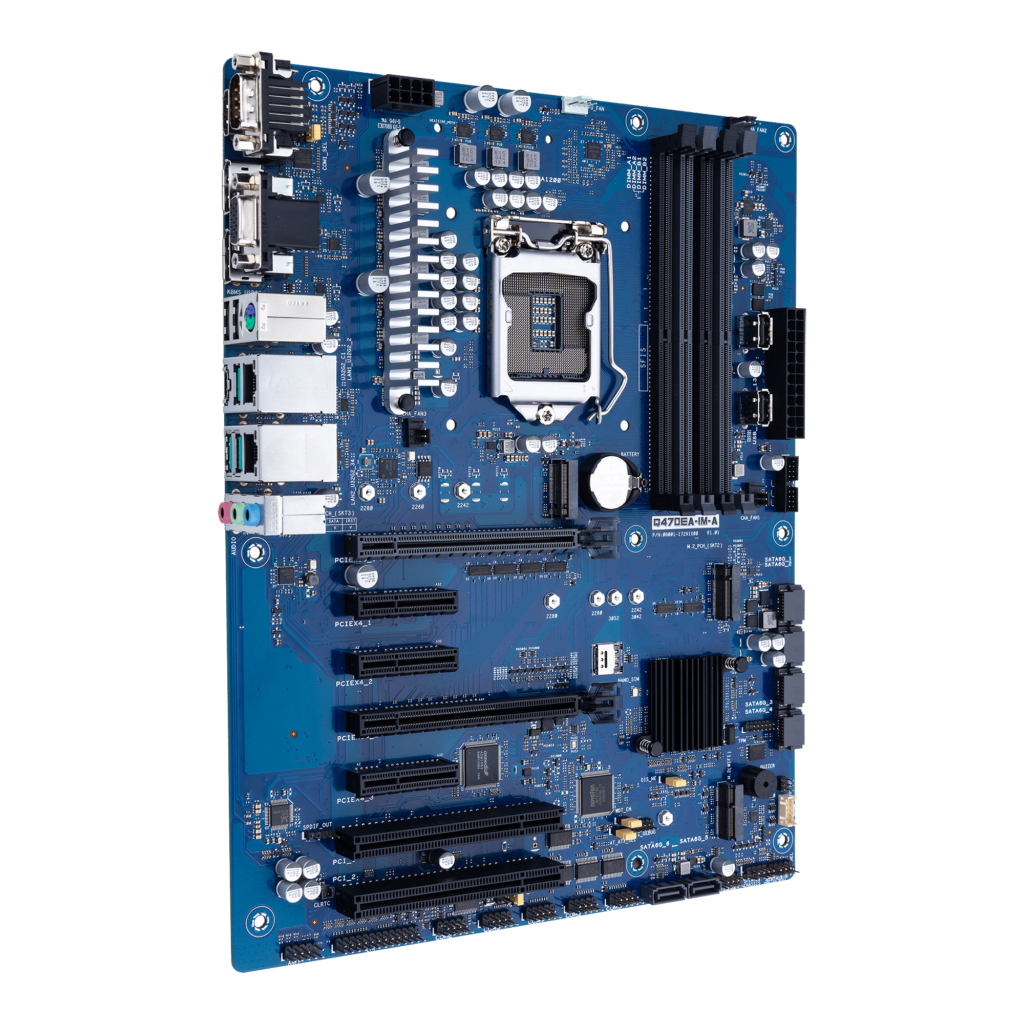Modern industrial manufacturing environments employ numerous automated systems to improve efficiency, quality and safety. These automation systems rely on processing power in the form of microcontrollers and microprocessors, running software which performs a set of predetermined tasks.
The advent of Artificial Intelligence (AI) and Machine Learning (ML) changes things. It is now possible for processing systems to automatically learn and improve with experience, by running ML algorithms which result in logical steps that are not always specifically preprogrammed. The core algorithms are not necessarily fully provided by software engineers, but can be generated and improved by the computer itself. At a higher level, AI utilises ML technology to simulate human cognitive functions such as learning and problem solving. By using algorithms to detect patterns in data which can be used to learn and improve, the system can aspire to emulate how the human brain works to recreate what we think of as intelligence.
So how can this new capability benefit the real world?
Businesses in all sectors are generating increasing amounts of data, and their challenge now is processing and interpreting that data to extract meaningful conclusions and derive useful business intelligence from it. This is where AI and ML can help, enabling increased automation, cost and resource optimisation, predictive maintenance, quality inspection, surveillance, customer behaviour analytics and more. The use of visualisation in so-called smart manufacturing is increasing, as is the adoption of “edge computing”, which is particularly useful where different data sources need to be integrated or time critical processes need to be optimised.
The significant increase in data required to feed AI/ML processes presents challenges, but by incorporating “intelligence at the edge”, data interpretation can often be performed locally, thus reducing both bandwidth requirements and processing demands on resources in the cloud.

Hitting New Heights of System Performance
Companies in all market sectors are starting to consider whether they could adopt an AI/ML approach to solve problems which couldn’t be tackled effectively by traditional engineering methods, or to realise previously unachievable improvements in system performance. Typical requirements include:
- Computing platforms with high end processing and GPU, resilient to high temperatures, dust, high vibration and liquids.
- Simultaneous support for multiple high resolution cameras to enable different types of high-speed inspection.
- Interface options to be able to connect to PLC, motors, light controllers, and displays.
- Easily programmable machine vision software to meet different customer needs.
What We Offer


A number of our suppliers offer processing platforms and software support for AI/ML applications.
- Compact Embedded Boards
- Compact Rugged Embedded Fanless BOX PCs
- Embedded AI @ Edge Platforms
- Expandable Machine Vision Platforms
- AI Modules
